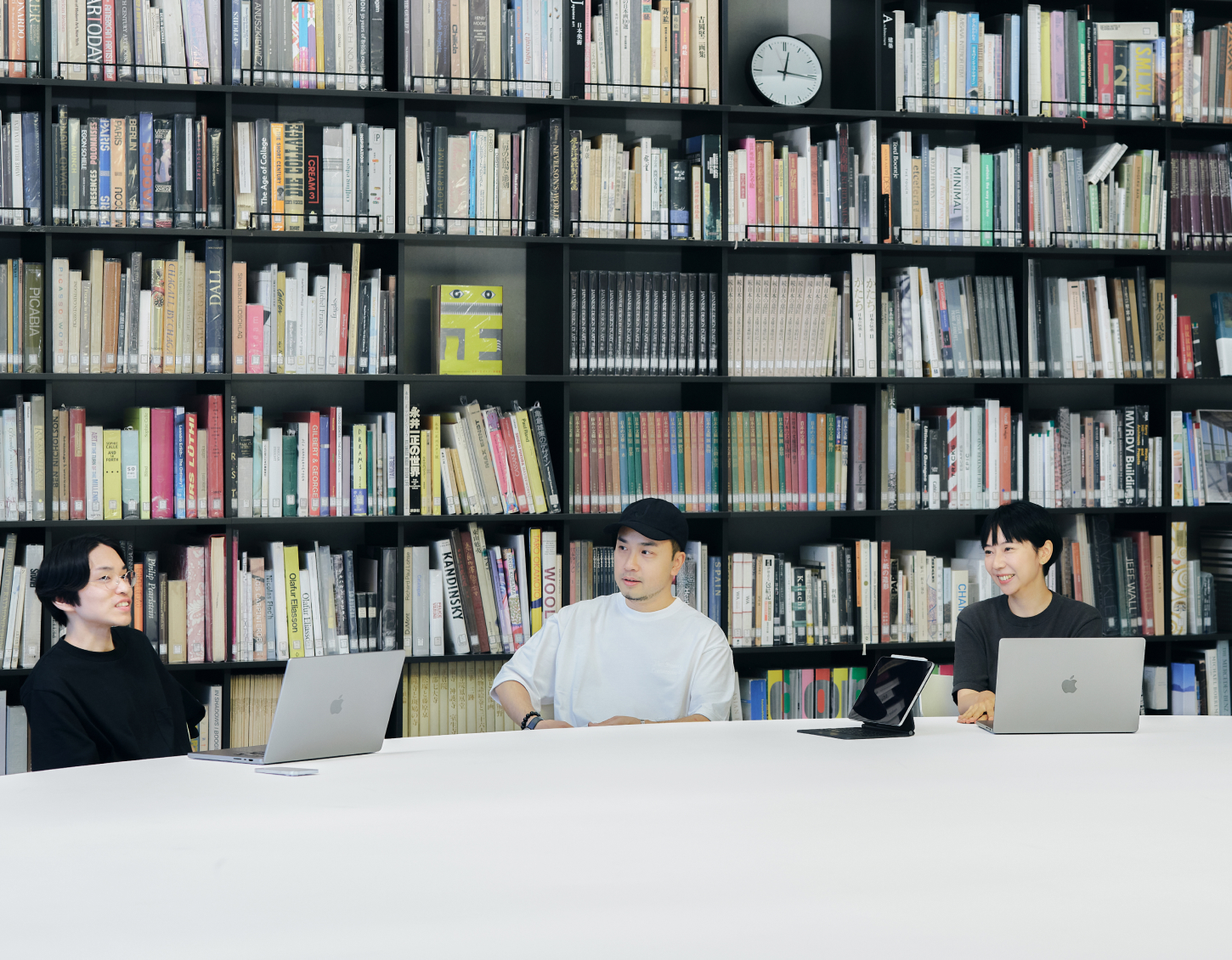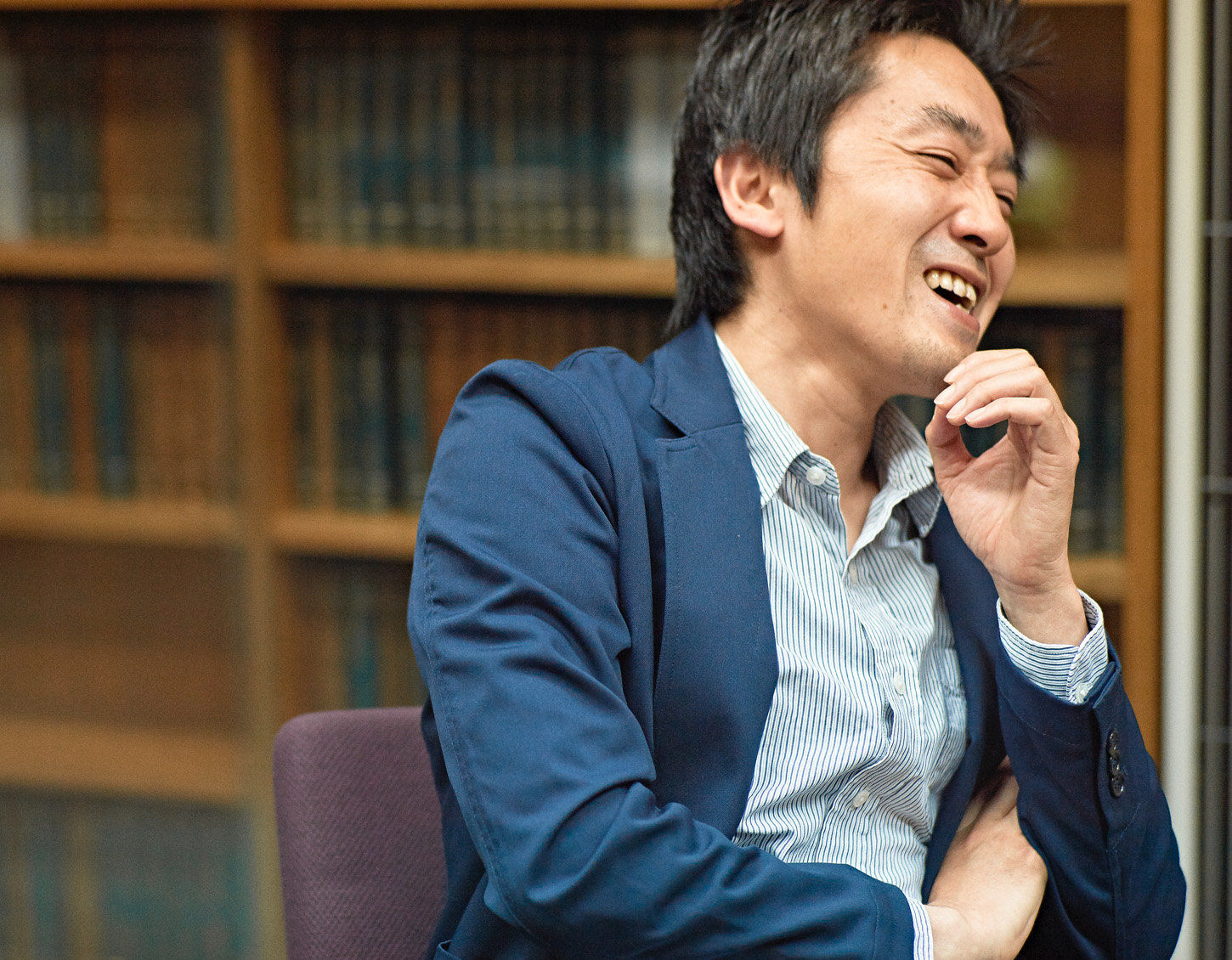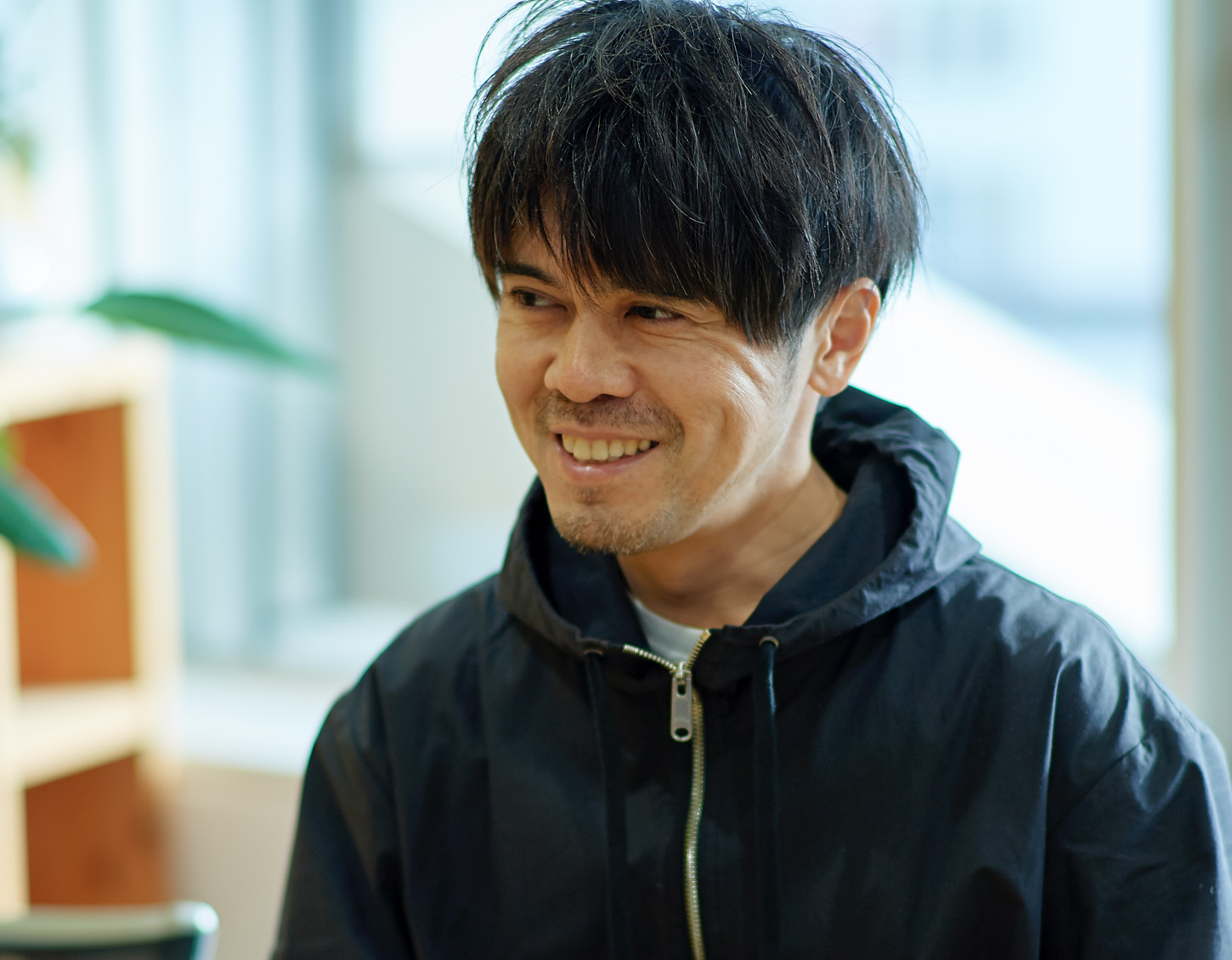Denmark and Tokyo, The Cement Linking the Two.
Vol.1 “Values of Living”
Event Date : 2017.04.20
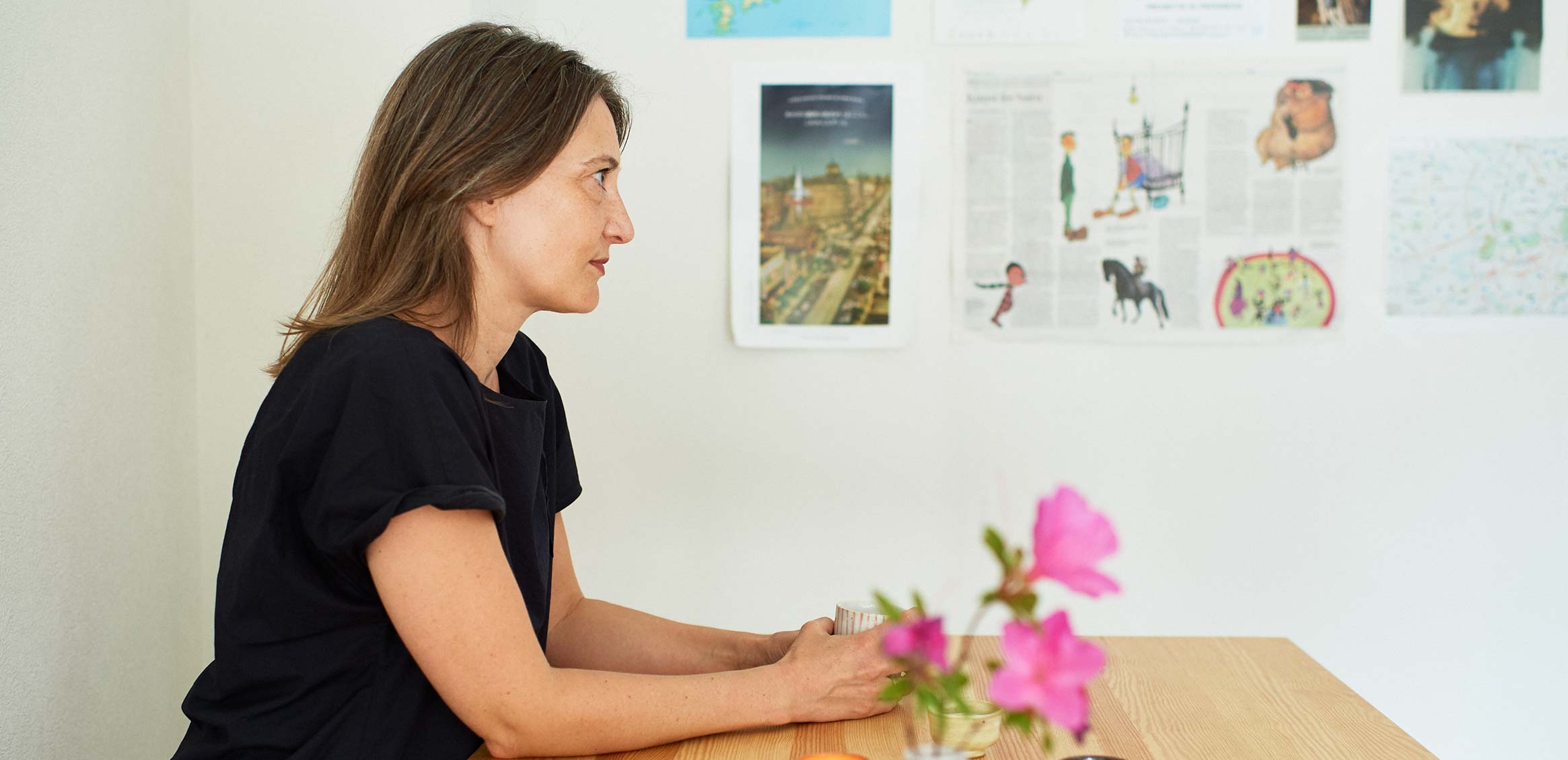
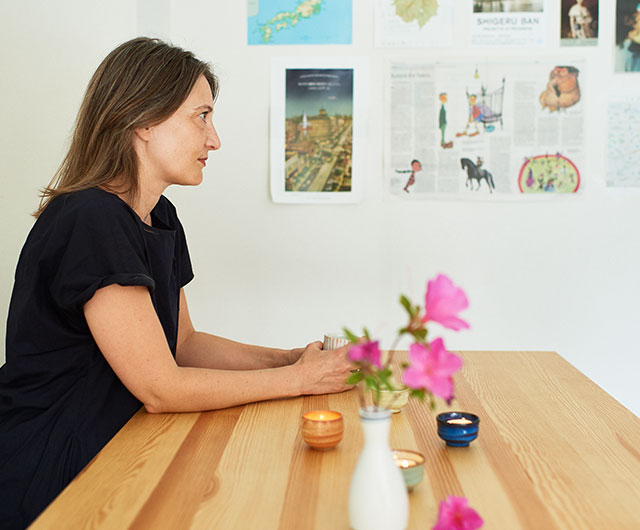
Even when more than 150 countries are compared in terms of ‘Happiness Ranking’, Denmark stands out near the top and is considered one of the happiest countries in the world. It is also known as a hotbed of design excellence, one example of which is Helene Øllgaard, a project manager at Kontrapunkt whose portfolio includes designing the 〈noma〉 restaurant and who visited Japan. As part of an ‘Employee Exchange Program’ initiative with her day-to-day company Kontrapunkt, she spent three months working for the Nippon Design Center.
She gave a four-part series of conversations based on her Tokyo experience and the differences she noticed between cultures and working approaches in Denmark and Tokyo, from thoughts on creativity to overall life perspectives.
What is World Happiness Ranking?
In the ‘World Happiness Ranking’ announced by the United Nations, Denmark was No. 2 in 2017 (having held top spot until FY 2016). In FY 2017, Norway ranked 1st, while Japan ranked 51st. This ranking indicates the degree of happiness and unhappiness with life using seven indicators subject to correlation analysis, namely: real per-capita gross domestic product (GDP), social support, healthy life, reliability, freedom of life selection, tolerance, perception of corruption. ‘WORLD HAPPINESS REPORT 2017’.
What is the NDC Employee Exchange Program?
NDC operates a training program based on an exchange period of study abroad between NDC and overseas design companies, which centers on front-line work and intended to widen participants’ perspectives and boost their skills. From March to June 2017, as well as a project manager from Kontrapunkt design company in Denmark, Helene Øllgaard, designer Sandro Kvernmo also came to Japan to work for NDC. In return, one designer and one producer from NDC went in the opposite direction, to Kontrapunkt in Denmark, in March and June the same year respectively.
What kind of city is Tokyo, from the Denmark perspective?
What kind of city is Tokyo,
from the Denmark perspective?
from the Denmark perspective?
──────
From the perspective of Helene, resident in Denmark, what was the first impression of Tokyo?
Helene
My first impression was that everything in Tokyo looked clean and the city was quiet and well organized. I also think the Japanese habit of removing shoes when you enter a home or restaurant is great as a clean and relaxing custom, but I was quite surprised to see it even extended to taking off shoes before sitting on the cherry blossom viewing seat (!). Moreover, when I saw shoes neatly placed alongside the sheet, it brought home to me the scrupulous nature of Japanese people.
The preponderance of bowing also struck me, like when finishing a restaurant meal, when those working there bobbed their head so far down, I couldn’t see whom to return the bow to, underlining what a polite country Japan is, although the same could well be considered overkill in Denmark. I suppose politeness is a must to avoid trouble, given how densely populated Tokyo is. In Denmark, where we have fewer people, we tend to communicate more directly.
Differences in terms of food also stood out. So-called ready meals in Japan are beautifully presented and decorated and while a high-end restaurant in Denmark is likely to do something similar, in other cases, the food is offered no-frills on a simple plate. It made me think it would be nice to introduce a sense of aesthetics like in Japan to Danish ready meals too.
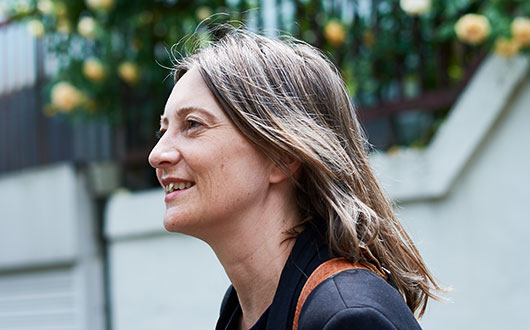
Helene Øllgaard
Project Manager
Born in 1972 in Billund, Denmark; famous as the home of Lego and graduated from Aarhus University’s Master of Arts programme in 2001 in Art History and Culture. In 2001, she moved to Copenhagen to become an independent curator, followed in 2003 by work as a curator and project manager for the artistduo Bosch & Fjord. Joined Kontrapunkt in 2008 and is currently Senior Project Manager and Business Area Manager of the space design division. She visited Japan as part of an exchange program; accompanied by her husband and three children aged 4, 11 and 14.
Her main tasks at Kontrapunkt have included ARKEN Museum of Modern Art, the Ny Carlsberg Glyptotek museum, design work for University of Southern Denmark and the Nordic Culture Fund.
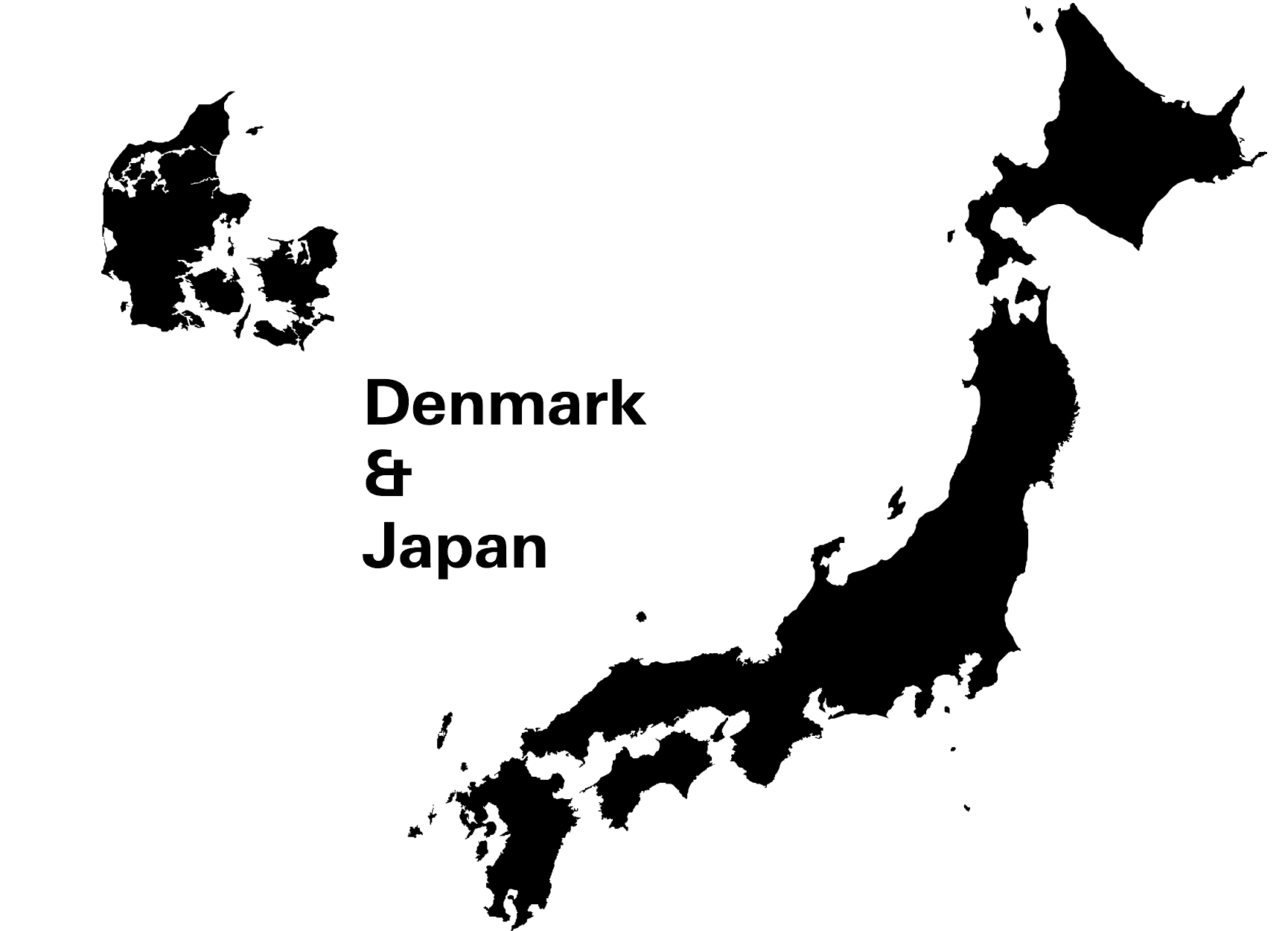
*1) The area of Denmark is approximately 43,000 square kilometers, which is almost the same as Kyushu. Its population is about 5.7 million people (Danish Statistics Bureau, 2016), which is almost the same as Hyogo prefecture.
*2) On October 1, 1989, in accordance with the registered partnership law of Denmark, the first gay married couple in the world was confirmed.
*3) Medical, childbirth and educational expenses are also free, as well as substantial provision made for elderly care services. The consumption tax rate is 25%, and income tax is almost 50%.
──────
Did cultural differences between Denmark and Tokyo ever leave you baffled?
Helene
When you go to places like an izakaya, although the lack of an English menu sometimes gives you the problem of not understanding what goes into each dish, all in all, I found many similarities with Denmark here. Weekdays spent working, then relaxing and eating with friends and family on weekends – that was much the same.
Having said that, one difference I did feel was work occupying most of my time in Japan. In Denmark, life is seen as not just centering on work, but harmonized in line with a series of other fundamental elements and on that point, I feel it is poles apart from Japan.
──────
How do you enjoy Tokyo?
Helene
I think for tourists, Shopping, Sightseeing and Shibuya are near the top of the list, but I feel more like a local than a tourist at present, my local Yanaka area appeals. Even when friends get together in Denmark, you often hang out with a meal at home and the house is the center of people’s lives. I think it’s a culture of viewing the house and getting an insight into that person’s life. With that in mind, in Japan too, I naturally took an interest in the residence and lifestyles of people walking around the local neighborhood. While walking around my current home, Tokyo, I enjoy imagining the various backgrounds of the people I see surrounding me.
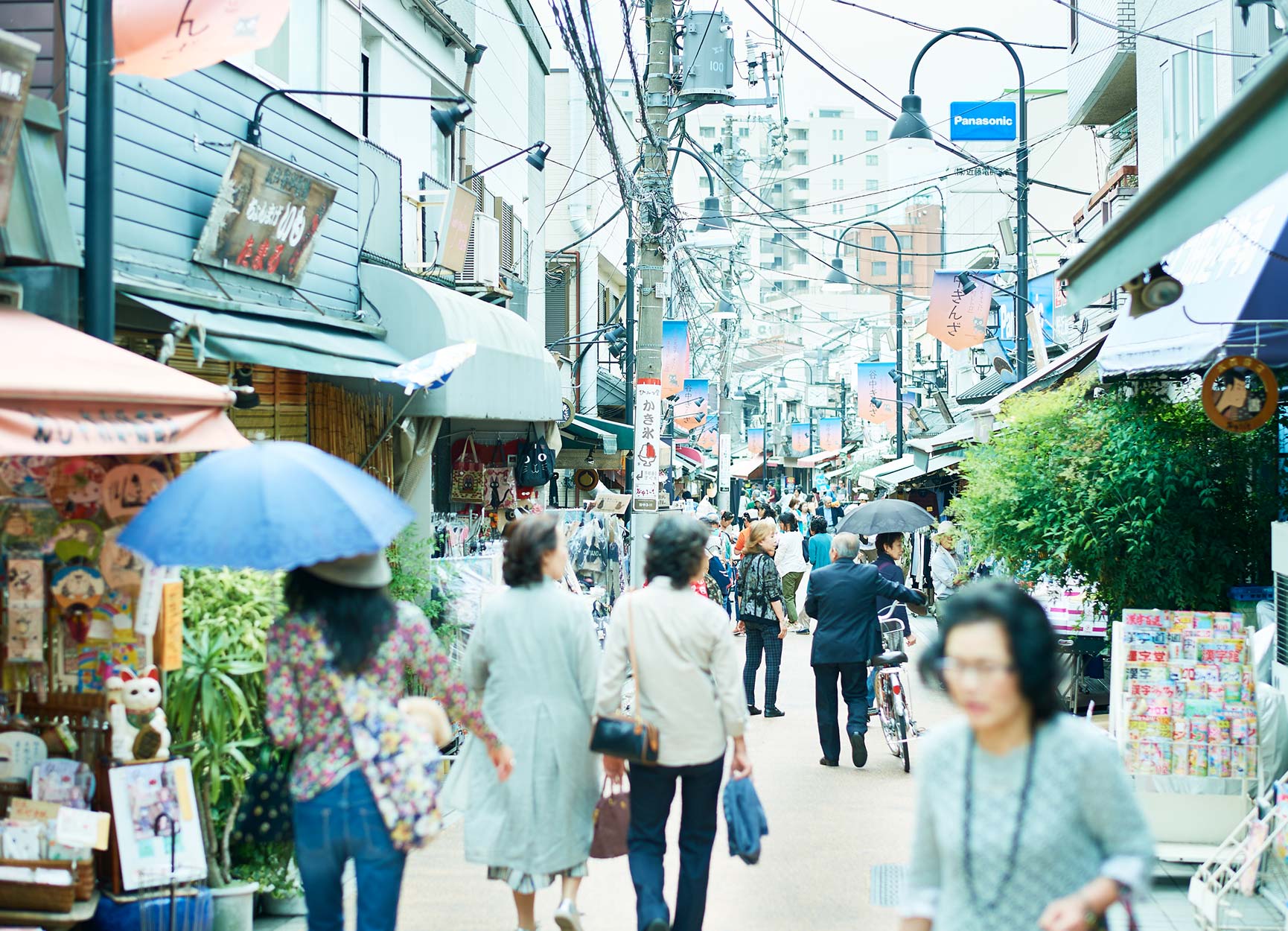
Why is Denmark known as a happy country?
Why is Denmark known
as a happy country?
as a happy country?
──────
What kind of country is Denmark?
Helene
Denmark is a very small country (*1), with a population of less than 6 million and little in the way of income disparity, making for a near-equalitarian society. I suppose the signature feature is freedom to do almost what you like, since the culture does not impose any obligation to follow in parents’ footsteps and individuals choose for themselves how they want to live and work.
On that note, Denmark was the first country (*2) to allow homosexual marriage, including in a church. Christiania in Copenhagen is also a self-proclaimed autonomous neighborhood with a lot of social and non-authorities experiment is still going on. From this perspective, I think it is a country very accommodating of individualism.
Moreover, there is a generous welfare state and social protection provided across the board. Since the government covers the costs of hospitals and schools (*3), users do not have to pay directly, although of course taxes to fund all this are considerable.
*1) The area of Denmark is approximately 43,000 square kilometers, which is almost the same as Kyushu. Its population is about 5.7 million people (Danish Statistics Bureau, 2016), which is almost the same as Hyogo prefecture.
*2) On October 1, 1989, in accordance with the registered partnership law of Denmark, the first gay married couple in the world was confirmed.
*3) Medical, childbirth and educational expenses are also free, as well as substantial provision made for elderly care services. The consumption tax rate is 25%.
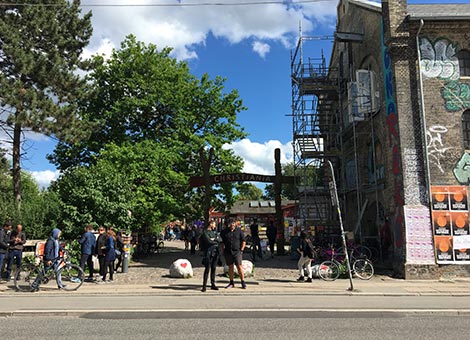
Christiania, which is home to around 850 people. Within an area covering 34 hectares or so, which is part of Christianshavn, an autonomous self-governing community exists. The photo shows the entrance to Christiania.
──────
What do you think was the mind-set behind molding the country like that?
Helene
I think that comes from having experienced defeat in wartime and as a small country surrounded by stronger powers like Germany and Sweden, Denmark has lost many wars to date. So defeated and unable to obtain anything from outside, we focused on enriching what we had in the country and however small, focusing on the awareness of being happy for what you have is what underpinned our efforts to create a country of happiness.
Denmark also has this concept of ’Hygge’ (pronounced ‘hue-gue’), which denotes a time of taking small pleasure and reconciling, speaking when lighting candles, spending time relaxing in nature or at work on rare occasions and is the term that best fits these moments.
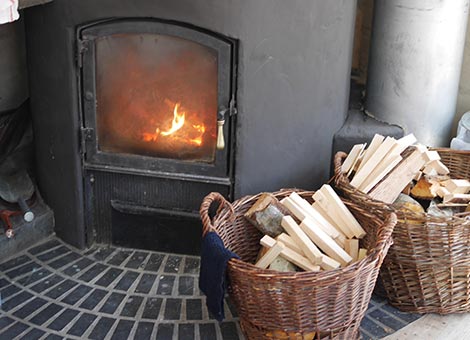
The term ‘hygge’ is a Danish term used to refer to ‘a cosy moment‘, such as time spent drinking tea around a fireplace with a friend. Danish-style ‘hygge’ has since been booming in the UK in particular and the term was even selected as one of the Collins English dictionary’s ten words of the year.
──────
Why do you think Denmark is always ranked top in terms of happiness?
Helene
I think it may stem from taking comfort in the perception of society as one big family as well as equality and freedom of choice. Everyone has this innate sense of trust in their peers and there are few concerns over being betrayed. Likewise, when you are in trouble, someone close to you or society itself will step in and help.
For example, you can leave your baby buggy outside and lay the baby down and even if you take your eyes away a moment, you can rely on basic trust for people to let you know if their baby is crying. Such small things, when accumulated, may well help explain the happiness in Denmark, as a safe, positive and easy place to live.
──────
Denmark also has numerous immigrants. Where does the mentality to proactively accept these people come from?
Helene
Well, we’re a small country, so if we’d put walls up, I don’t think Denmark would have become such a rich country as we are today. As far as immigration issues are concerned, the political beliefs are a thorny topic – I have to be honest – given Denmark’s status as a rich country, many people unfortunately think we only should help our own people and not spend our common tax money on foreign people in trouble. I think that it in our tradition and wellfare system that if someone is in trouble, there are governmental resources in place to help them and the mind-set of wanting to give all kind of people peace of mind is what prevails our culture.
Personally, I also feel the potential for synergistic development by having Denmark in common with those around it. Although Japan is a relatively closed-off country, I also think the country has developed while gleaning a range of things from the other countries around it. We see Denmark not as ‘Denmark’ but as ‘part of the world’.

